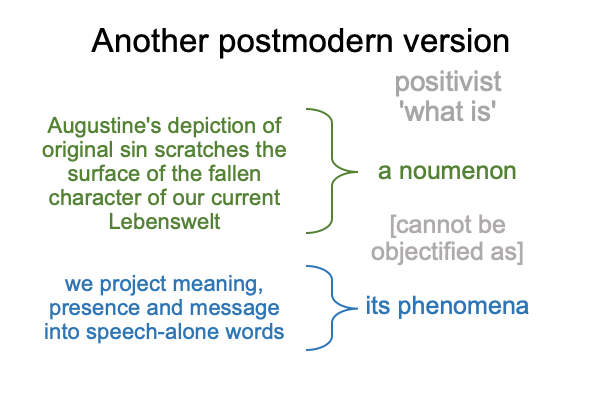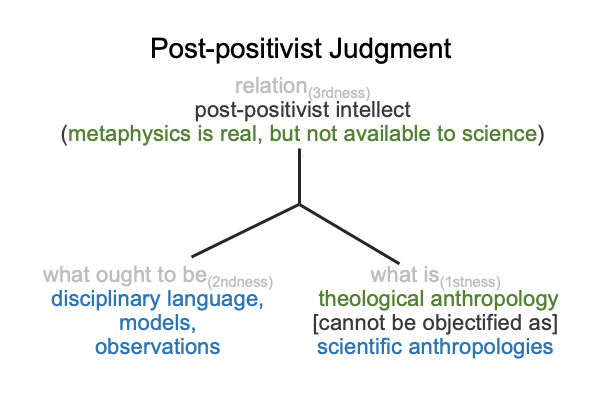Looking at Jeff Hardin’s Essay (2019) “Biology and Theological Anthropology” (Part 9 of 15)
0048 What about the transition to our current Lebenswelt?
Is there a way that theological anthropology and the anthropology of civilized folk move together?
0049 Here is an interpretation of the Bible.
The fact that all written origin stories of the ancient Near East point to a recent creation of humans implies that the scribes and storytellers cannot see beyond a certain point in time, say 7821 years ago. Adam and Eve are fairy tale figures standing at the portal of our current Lebenswelt.
0050 Here is a corresponding novel approach to evolutionary science.
Our current Lebenswelt is not the Lebenswelt that we evolved in. The transition is called the first singularity. The first singularity begins with the appearance of the first speech-alone talking culture, the Ubaid of southern Mesopotamia. At this time, all other cultures practice hand-speech talk.
Hand-speech talk?
Speech is added to hand talk at the start of our own species, Homo sapiens.
By the time the first singularity initiates, hand-speech talk has been practiced for 200,000 years.
The transition from hand-speech talk to speech-alone talk is simple. Drop the hand-component. But no-one ever thinks of doing so, since hand talk grounds words in the natural sign qualities of icons and indexes. Plus, humans have been enjoying hand-speech talk for countless generations.
0051 So how does the Ubaid culture do it?
By accident. At the start of our current interglacial, the Persian Gulf is dry land, settled by two two unrelated hand-speech talking cultures, one land-loving Neolithic and one coast and river-loving Mesolithic. A significant and rapid rise of the sea marks the start of our current interglacial. The Persian Gulf fills with water, pushing the two cultures together.
The cultures join into one. They develop a pidgin from the two very different languages. After a few generations, the pidgin turns into a fully linguistic creole. The hand-component of hand-speech talk is lost. Sumerian is the first speech-alone language.
Sumerian is a linguistic isolate. It is unrelated to any family of spoken languages.
0052 The semiotic qualities of speech-alone talk are very different from hand-speech talk. Hand-speech talk facilitates constrained social complexity. Speech-alone talk fosters unconstrained complexity.
That is the science in a nutshell.
0053 Three series are devoted to the first singularity at the smashwords website.
The most direct is Crystallizations of the Fall, containing two articles: The First Singularity and Its Fairy Tale Trace, plus Comments on Original Death and Original Sin: Romans 5:12-19. Skeptical science types should start here.
The most accessible is A Course on An Archaeology of the Fall, containing the namesake masterwork and an instructor’s guide. Accompanying literature includes the early chapters of Genesis, chapter 5 of Paul’s letter to the Romans and Sura 5. This is the best path for students and teachers. This course is designed as a seminar. Read and discuss.
Implications and further commentaries are located in the series Reverberations of the Fall. Theologians should consider this series first. Original sin is relevant, again. But, here, I am getting ahead of myself.



